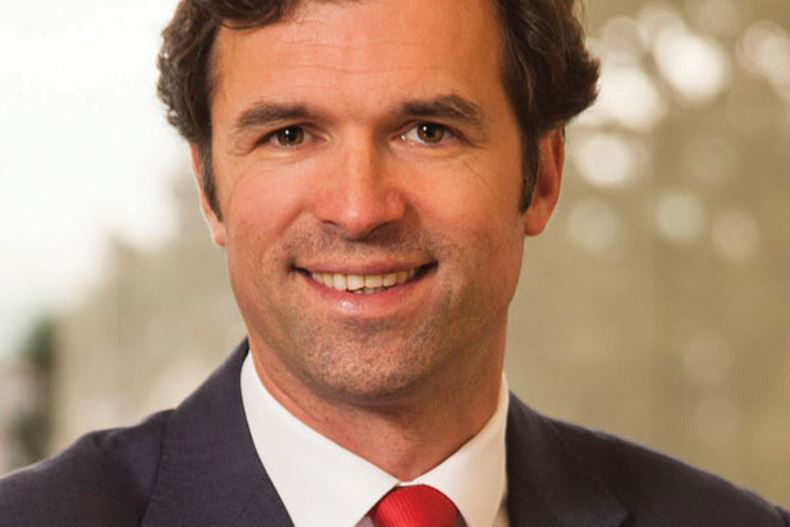How wealth managers customise their client portfolios
We talk to independent asset managers about their client portfolios and how they personalise investments within them.

Alexandre Toussaint, AppleTree Asset Management
One of the most enjoyable moments of wealth management, in my opinion, is when a client starts to share his or her passions with you. It generally means that your professional relationship has reached a new stage.
It also leads to the critical question: how do you reconcile passion and investment. Passion is a very powerful feeling, such as love, hate or anger. Therefore, passion will lead to strong, binary behaviours.How should you proceed? We see two paths that lead to very different consequences.
The first path is that your client might want to accommodate their passion through their investments. This is not a good starting point. As a passion has no rationale apart from itself, it is impossible to integrate your portfolio management constraints. Let’s illustrate it. Imagine your client is a Manchester United fan who wants to become a shareholder of the club. Even if the club gets relegated to a lower division, the client might still want to hold the shares despite the collapse in their value. That would certainly lead to some hard discussions.
The second option is to integrate within your portfolio management passion criteria. To merit inclusion, any passion investment must fulfil your investment process and therefore it should be tradable, like paintings or cars. Within AppleTree, we have an edge when it comes to wine.
Fine wines have been integrated by some asset managers into the so-called ‘real assets’ bracket. We have already seen a few indices available as well as niche funds that provide a kind of benchmark.
However, it is very important that the client can distinguish between an investment cellar, a trophy cellar and a drinkable cellar.
A collection of wine could be all three, but the investor must be clear about what the aim of holding the asset is in order to potentially integrate it into a portfolio. If you can do that, it can enrich the client/wealth manager relationship.


